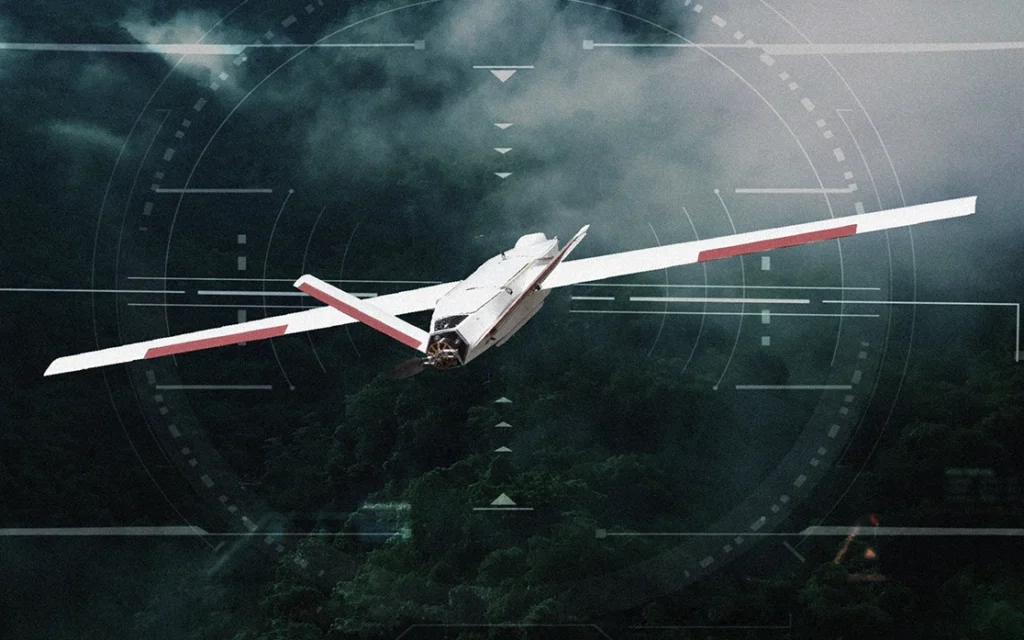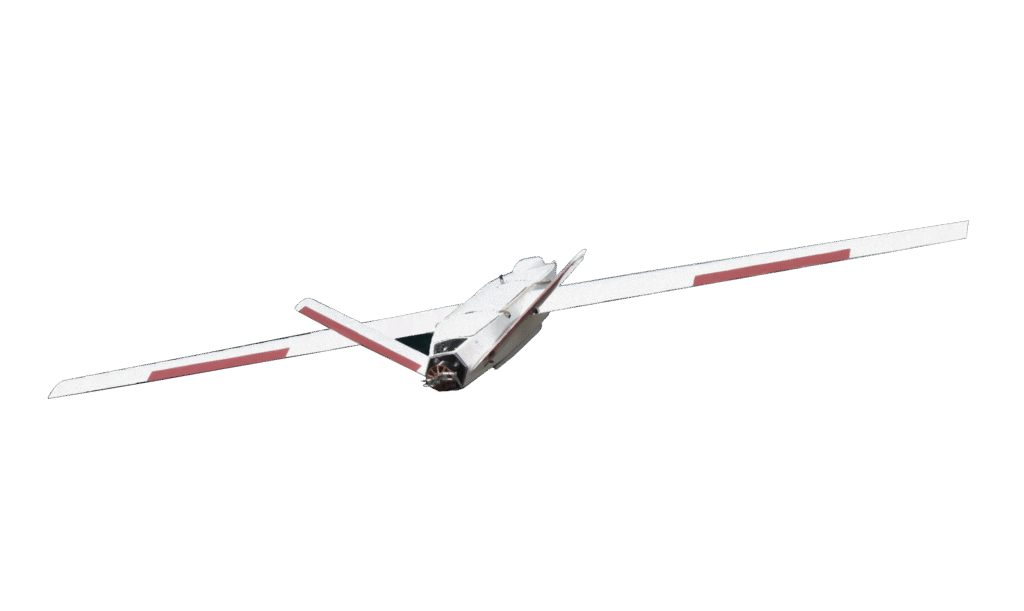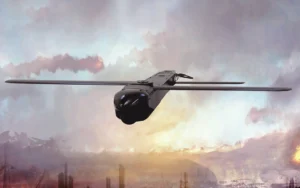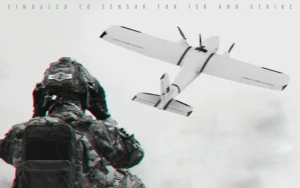Assessing the Precision of Drone Strikes
Introduction to Drone Warfare
Drone strikes have become a crucial component of modern warfare, with countries like the US using them to target militants and terror leaders in countries such as Pakistan. Journalists play a significant role in shaping public perception of drone strikes, often influencing how these operations are viewed by the public.
The use of drones in warfare has sparked debates about their effectiveness, with some arguing that they cause significant civilian deaths and others claiming that they are a precise and effective way to target enemies. These debates often focus on the victims of drone strikes, particularly civilians caught in the crossfire. Different stakeholders argue about the true impact of drone strikes, with ongoing disputes over their accuracy and consequences. There is also a wrong perception that drone strikes predominantly kill civilians, which is not supported by available data.
The Long War Journal and New America Foundation have conducted research on drone strikes, providing estimates of civilian casualties and militant deaths. Their findings are supported by evidence gathered from various sources, including an official report that documents the legal, political, and operational aspects of drone strikes. The history of drone strike data and its evolution over time is crucial for understanding trends and effectiveness. In addition to these estimates, reports from military and government sources further support the analysis and provide additional context.
The concept of drone warfare has raised important questions about the role of technology in modern warfare and the need for verification and accountability in such strikes. There is also a need for governmental or judicial approval before conducting drone strikes to ensure actions are legitimate and accountable.

Minimizing Civilian Deaths
Minimizing civilian deaths is a critical aspect of drone warfare, with many arguing that the use of precision weapons and advanced technology can help reduce collateral damage. Accurately identifying targets is essential to minimize civilian harm, and the effectiveness of the kill chain plays a crucial role in ensuring precision.
The University of Massachusetts has conducted studies on civilian casualties from drone strikes, finding that they are relatively low, around 5-6%. These studies also analyze data at the unit level. There is, however, uncertainty in estimating civilian casualties due to the complexity of conflict environments. After mentioning technology, it is important to note that operational support further improves the precision of drone strikes.
The importance of verifying claims of civilian deaths and ensuring that drone attacks are carried out in accordance with international law and human rights standards cannot be overstated. It is also essential to respect the legal line between armed conflict and law enforcement. Additionally, respecting the sovereignty of the territory where strikes occur is a fundamental principle under international law.
The use of ground control stations and advanced sensors can help improve the precision of drone strikes, reducing the risk of harm to civilians. The importance of command in directing drone missions is also critical for operational success.
Technological Advancements
Technological advancements have played a crucial role in the development of drone warfare, with advances in areas such as precision weapons, ground control stations, and sensor technology, especially during the early stages of technological development. The army has been instrumental in developing these technologies, with various military departments coordinating efforts to enhance drone capabilities. Notably, Russia has increased drone production by employing laborers from Africa as part of its domestic manufacturing efforts.
The MQ-9 Reaper is an example of an advanced drone system and serves as a key unit within the military structure, providing precision strike capabilities and the ability to hit intended targets with accuracy. It features advanced payload capabilities, allowing it to carry a variety of high-tech sensors and weapons for missions ranging from surveillance to targeting.
The use of drones has also raised important questions about the role of automation and artificial intelligence in warfare, with some arguing that these technologies can help improve the precision and effectiveness of drone strikes.
The development of new technologies, such as advanced payloads and sensors, is likely to continue to shape the use of drones in warfare. Recent initiatives have focused on improving drone systems for greater cost-effectiveness and operational efficiency. In October, a Ukrainian drone was downed and examined, providing timely data on recent advancements. Looking to the future, Europe is increasingly involved in drone warfare, particularly regarding legal accountability and human rights issues. The impact of drone technology continues to grow on the world stage, influencing international law and military strategies.

Evaluating the Effectiveness of Military Actions
Assessing the effectiveness of military actions, especially those involving drone strikes, requires a multifaceted approach that goes beyond simply counting the number of militants killed. Analysts must consider the broader impact on security, the rate of civilian deaths, and the extent of collateral damage in the target area. Reliable data collection and analysis are essential, with ground control stations playing a key role in monitoring and verifying the outcomes of such strikes. According to the Long War Journal, civilian casualties from drone strikes are often reported at lower rates than some other sources suggest, underscoring the importance of accurate, independent analysis. Research by the New America Foundation has also highlighted the need for precision and careful targeting to maximize the effectiveness of drone operations while minimizing harm to civilians. Ultimately, the effectiveness of drone strikes is not just measured by immediate tactical success, but also by their long-term impact on security and stability in conflict zones. Ongoing research and data-driven analysis remain crucial for understanding the true cost and benefit of these military operations.
International Law and Military Operations
The deployment of drone strikes in military operations brings significant legal and ethical considerations to the forefront, particularly regarding compliance with international law. While the concept of precision strikes is often used to justify the use of drones, questions persist about how precision is defined and the potential for unintended civilian casualties. The America Foundation and other research institutions stress the necessity of adhering to international humanitarian law, which requires all feasible precautions to protect civilians and civilian infrastructure from harm. This includes rigorous target verification and the implementation of measures to minimize collateral damage during drone attacks. The principles of distinction and proportionality are central to lawful military conduct, demanding that military personnel carefully weigh the potential harm to civilians against the anticipated military advantage. Human oversight and clear operational protocols are essential to ensure that drone operations remain within legal and ethical boundaries. In January 2020, the United Nations Special Rapporteur on Extrajudicial, Summary or Arbitrary Executions called for greater transparency and accountability in the execution of drone strikes, emphasizing the need for operations to fully respect human rights and international law. Research from the University of Massachusetts further highlights the importance of evaluating the broader consequences of drone warfare and maintaining strict adherence to humanitarian principles in all military actions.
Conclusion and Future Research Directions
In conclusion, the precision of drone strikes is a complex and multifaceted issue, with many different factors to consider, including the use of precision weapons, the role of technology, and the importance of international law and human rights.
Future research directions may include the development of new technologies and strategies for carrying out drone strikes, as well as further study of the effectiveness and challenges of drone warfare.
The importance of careful consideration and proceeding with caution in the use of drone warfare cannot be overstated, and ongoing research and analysis are critical to ensuring that drone strikes are carried out in a way that minimizes harm to civilians and respects international law and human rights standards.
The use of drones is likely to continue to shape the nature of modern warfare, and ongoing research and analysis are critical to ensuring that this technology is used in a way that is effective, efficient, and respectful of human rights and international law.








3 Responses
Lovart AI Design Agent is an exciting leap in creative tech, blending AI with traditional tools. As a designer, I’m curious how it handles complex brand systems-will love to test it once out of beta.
Lovart sounds like a game-changer for creative workflows-especially the AI-driven canvas and Figma integration. Excited to see how it streamlines design thinking. Lovart could redefine visual creativity.
About to log in to superwin777login. Hope everything goes smoothly. Bring on the games and the wins! Looking for a win! superwin777login is here!